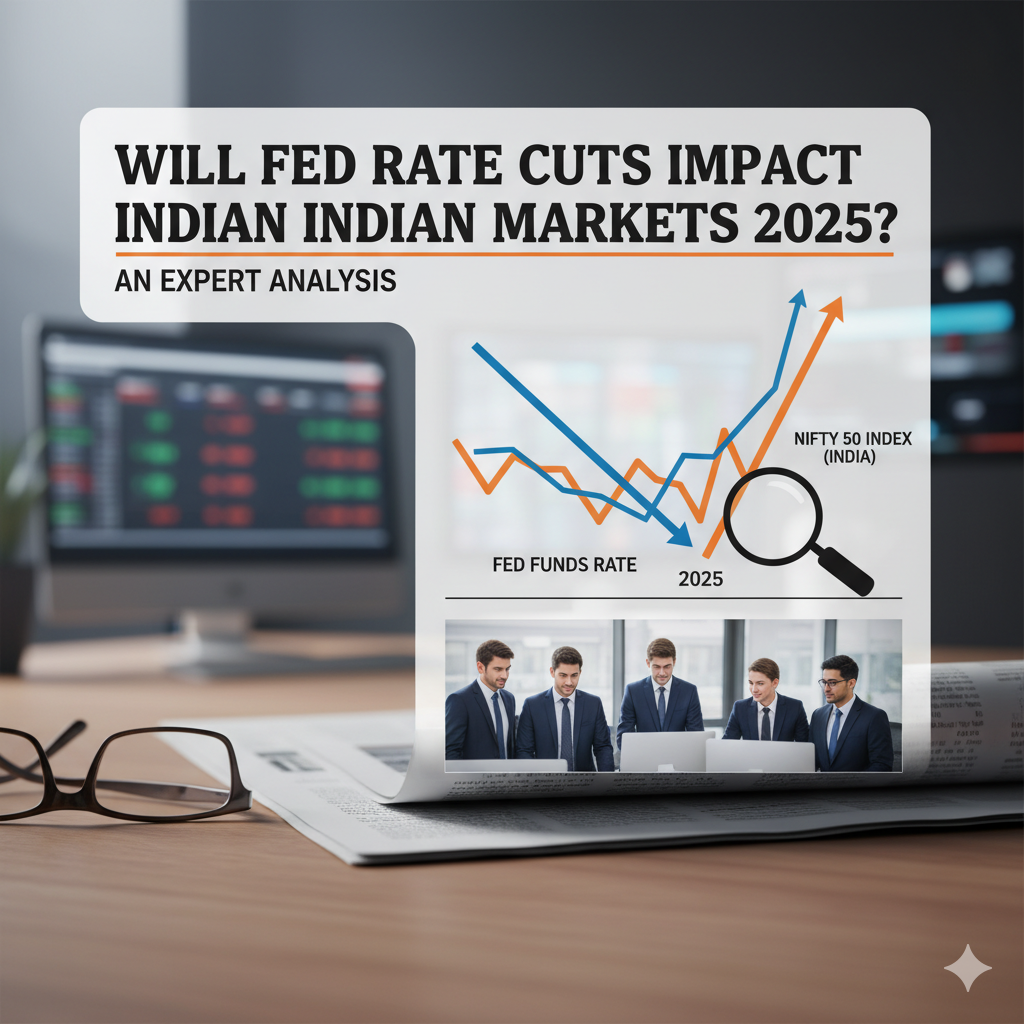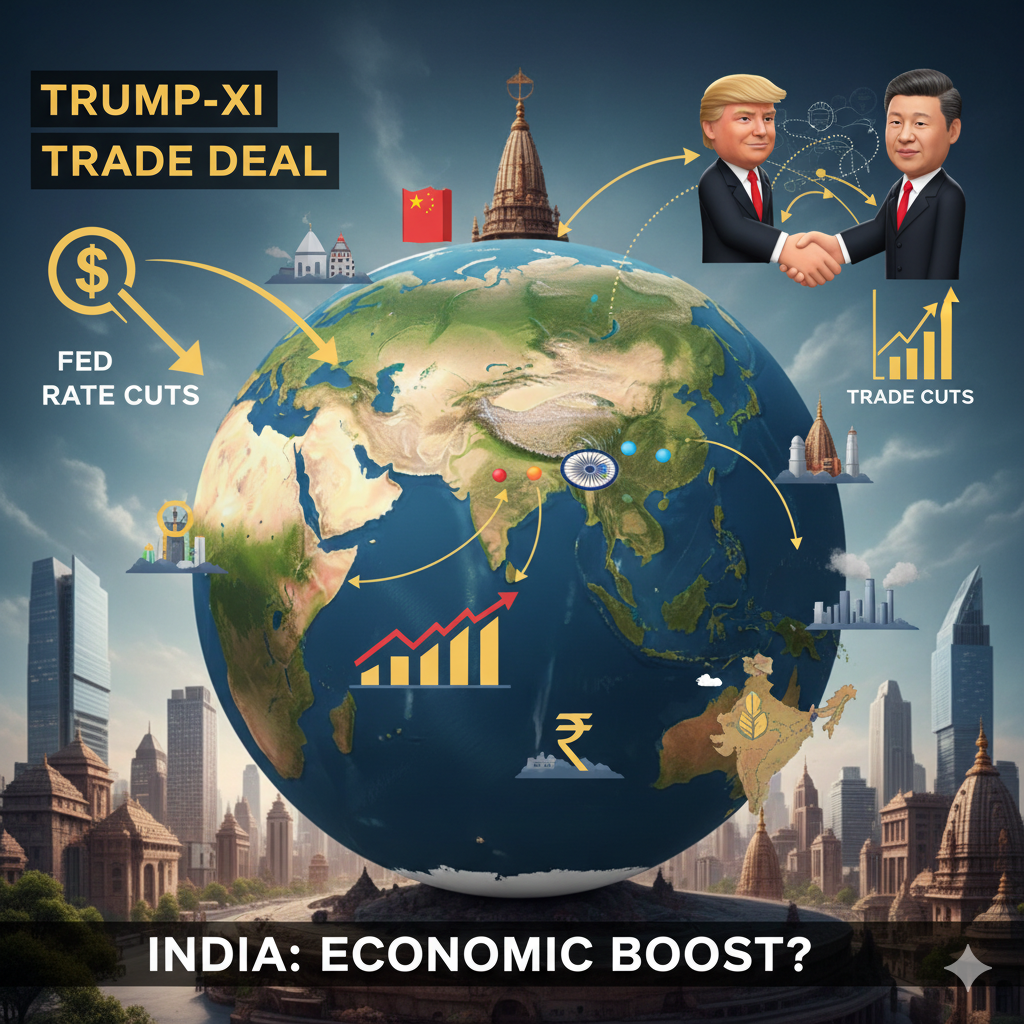India’s economic narrative for FY25-26 is one of cautious optimism. While the nation remains the fastest-growing major economy globally, projections hint at a tempered pace, with GDP growth forecasts ranging between 6.3% and 6.8%. This slowdown from the previous year’s 8.2% surge reflects a cocktail of domestic challenges and global headwinds. Let’s unpack the forces shaping this trajectory—and what they mean for India’s future.
The Growth Paradox: Domestic Strengths vs. External Threats
The Reserve Bank of India (RBI) recently revised its FY26 GDP forecast to 6.7%, citing resilient domestic consumption and a revival in industrial activity110. Household spending, buoyed by tax relief measures in the Union Budget 2025-26, remains steady, while fixed investments are rising on the back of improved corporate balance sheets and government-led infrastructure projects19.
Yet, external risks loom large. Global trade tensions, volatile commodity prices, and geopolitical instability threaten to derail India’s recovery610. The Economic Survey 2024-25 underscores these vulnerabilities, noting that weaker-than-expected manufacturing growth and sluggish private investment could drag FY25 growth to a four-year low of 6.4%811.
Key Risks to Growth
- Global Trade Uncertainty: Protectionist policies, particularly from the U.S., and supply chain disruptions could dent India’s exports, which grew just 1.6% YoY in FY24-2511.
- Urban Demand Slump: High food inflation (8.4% in FY24-25) and stagnant wage growth are squeezing urban consumption, a critical growth pillar811.
- Regulatory Bottlenecks: Overly complex land and labor laws continue to stifle private investment, with FDI inflows plummeting to $479 million in FY2518.
Government Countermeasures: A Balancing Act
To combat these headwinds, policymakers are walking a tightrope. The Union Budget 2025-26 prioritizes demand-side stimulus, including tax exemptions for incomes up to ₹12 lakh and expanded credit guarantees for MSMEs9. Meanwhile, the RBI’s 25-basis-point rate cut in February 2025 aims to lower borrowing costs and spur investment510.
However, critics argue that reducing the fiscal deficit to 4.4% of GDP might limit public spending’s role in driving growth29. As Robin Banerjee, a noted finance expert, observes: “India needs 8% annual growth to meet its 2047 development goals—but achieving this demands bold reforms, not incremental tweaks”9.
The Road Ahead: Deregulation and Innovation
The Economic Survey stresses systematic deregulation to unlock growth, urging states to simplify compliance and attract private capital11. Sectors like renewable energy and AI-driven industries are poised to lead the next growth phase, with initiatives like the National Green Hydrogen Mission and AI Centers of Excellence gaining traction911.
Key Projections for FY25-26
| Indicator | Forecast | Source |
|---|---|---|
| GDP Growth | 6.3% – 6.8% | Economic Survey4 |
| Inflation (CPI) | 4.2% | RBI Policy Report5 |
| Fiscal Deficit | 4.4% of GDP | Union Budget Analysis2 |
Final Thoughts
India’s growth story is far from over, but the path ahead demands agility. While domestic consumption and strategic reforms provide a sturdy foundation, navigating global turbulence will require sharper policy tools. As Governor Sanjay Malhotra aptly puts it: “7% growth is possible—but only if we innovate faster than the challenges we face”5.
FAQs
| Question | Keyword Link |
|---|---|
| What are the main risks to India’s FY26 GDP growth? | Global trade tensions |
| How is the RBI supporting economic growth? | Repo rate cuts |
| What fiscal reforms are included in the Union Budget 2025-26? | Fiscal deficit target |
| How is urban consumption impacting growth? | Food inflation trends |
| What role does deregulation play in India’s growth strategy? | Ease of Doing Business |
Engage With Us
What steps should India prioritize to hit 8% growth? Share your insights below—or explore how IndWallet can help businesses navigate this evolving landscape.







